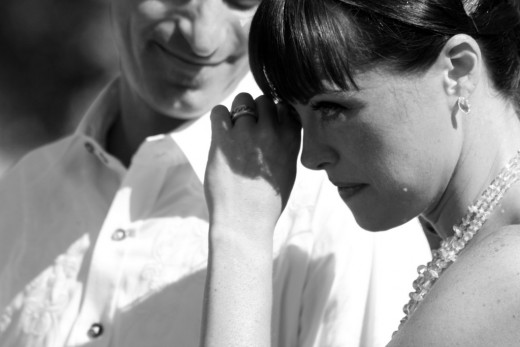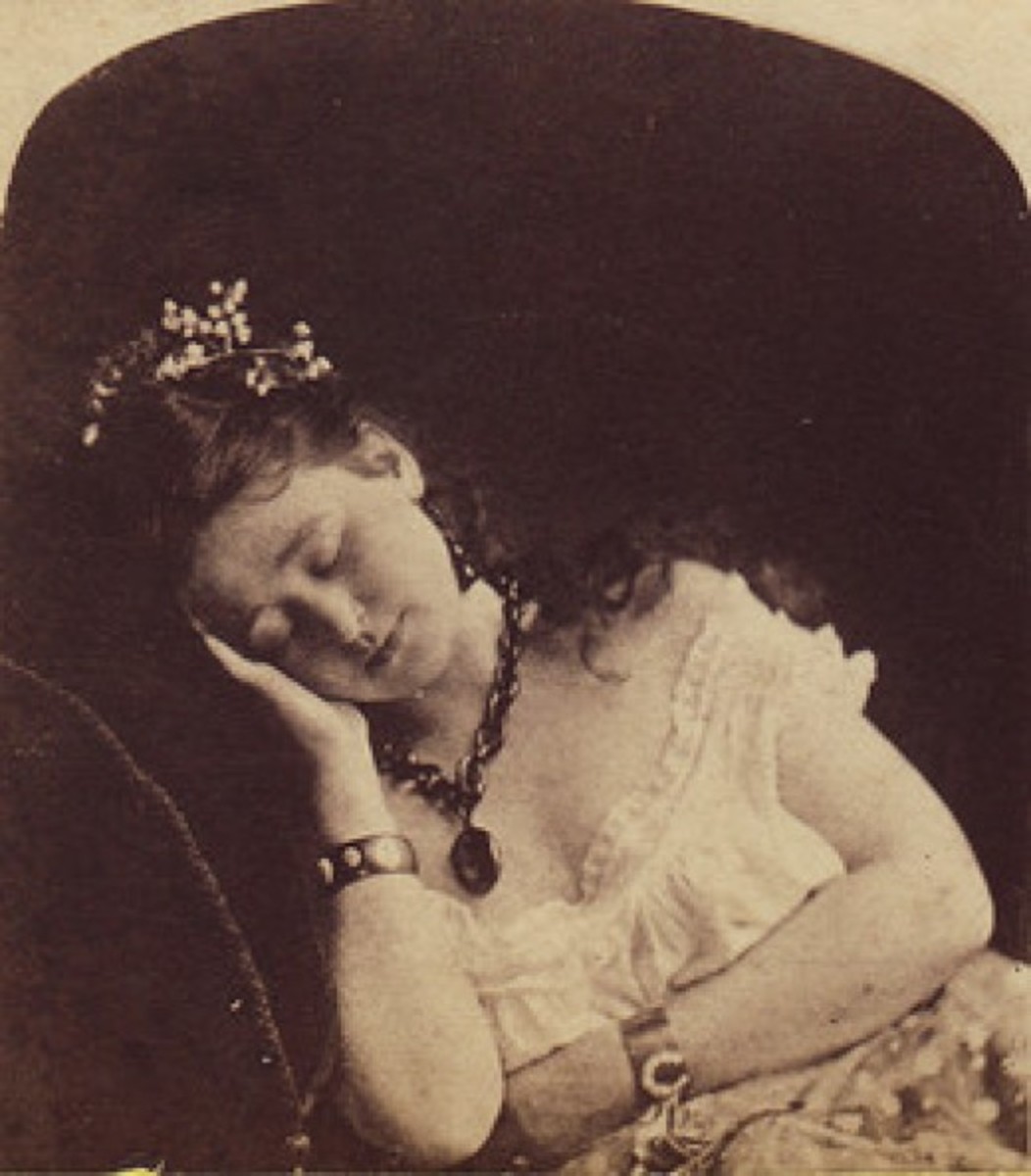Photographing Tears of Joy

As humans we often seem to be persuaded to feel what others feel. We often feel compassion towards anyone who seems to be in pain, sad or going through hardship.
When we see an emotive movie and the the situation being presented to us is one of sadness or maybe even joy, we find ourselves crying along side the protagonists.
We cry for moments of sadness, desperation and we also cry in moments of great joy too. Although upon looking at a photograph and even if we are not fully aware of what caused the subject in that photograph to shed tears, a photographer can often "tell" that the tears present in the subject's face are those brought about by a joyous moment. This is what this photographic project attempts to capture.
Yet for the project to be one that will be memorable in the minds of your viewers you must make photographs that isolate the tears and the emotions as shown on the face of the subject.
Concentrate on doing close ups that isolate the face and avoid capturing elements that may propose any distractions from this main theme. A hint of a smile on the face is OK but if you include other parts such as any background portions they may make the eyes of the viewers wander of and lose focus.
Use creative lighting and try to use a zoom that lest you go in and out so that you can judge through the viewfinder which distance suits the scene better.
Since most tears are hard to fake, it is best to capture true to life moments so keeping your distance is appropriate. Place yourself in situations that can produce moments of joy so strong that people may be brought to shed tears of joy.
You can be creative and surround the face with props such as a vibrant colored cloth colorful fall leaves, or innovative makeup designs but keep these to a minimum so as not to overshadow the main emphasis or main point of focus.
It may seem difficult to capture images that related to tears of happiness but with careful study of the human face you can tell by the contraction of the face muscles as well as the ones surrounding the eyes. Generally and in layman's terms the face, mouth, especially around the cheek area and eyes tend to go up and during sadness the opposite is true. This is not true in all instances but can be used as a general guideline.
Use soft lighting by using a diffusing element on the photo lamp or you can place a softening filter also known as a diffusing filter on the lens, they can make your image seem slightly out of focus which makes them appear as "softer". This technique is widely used by professional portrait photographers because a diffusing filter tends to hide small skin imperfections thus giving the skin a much cleaner appearance.
If you have access to a digital editing program you can also soften the scene as well as removing any imperfections, dust, scratches, dirt and so on form anywhere on the photo. If you find that the image shows signs of "noise" then the same can be done with the digital program. Note: Digital noise is when the ISO (sensitivity to light) is too high for the particular scene and it shows as "grains" on the photograph as you enlarge it.
"Image noise is random (not present in the object imaged) variation of brightness or color information in images, and is usually an aspect of electronic noise. It can be produced by the sensor and circuitry of a scanner or digital camera. Image noise can also originate in film grain and in the unavoidable shot noise of an ideal photon detector. Image noise is an undesirable by-product of image capture that adds spurious and extraneous information."Wikipedia
Take a few shots with-the intention of turning them into monochromes. A black and white medium can sometimes render a photograph better than color, not only does the tear show better, but the lack of color keep the focus on the tears and not much else.
If you intend on using models then they should be those that can produce tears on command, difficult but not impossible as many trained actors and most professional models are capable of doing it.

Portrait Photography
Creative Portrait Ideas
© 2013 Luis E Gonzalez









